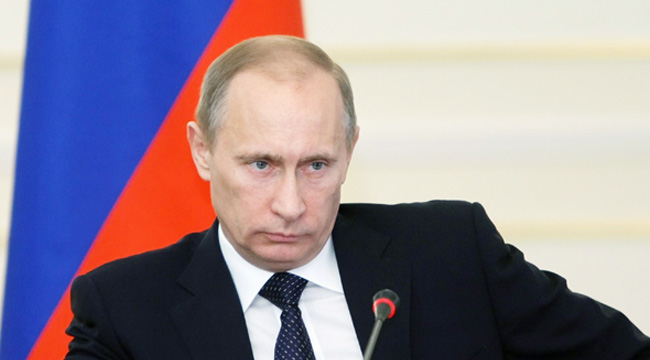
If we had a nickel for every new revelation coming out of the Senate Intelligence Committee’s probe on the Trump administration’s Russian connections, we might be able to afford a trip to Mar-a-Lago. Jeanette Manfra of the Department of Homeland Security testified before the Senate Intelligence Committee that 21 states voting systems were targeted by Russian hackers, though there is no evidence that ballots were altered.
The acting deputy undersecretary of cyber security testified, “As of right now, we have evidence that election-related systems in 21 states were targeted.” However, it has previously been reported that as many as 36 states may have found trace evidence of hackers in their voting systems. Manfra declined to map the hacks, citing confidentiality, but Arizona and Illinois have both already gone public about the breaches of their networks.
Part of what prevented Russia’s attempts from being more serious or successful, according to Manfra, is the very setup of state-to-state polling rather than an overarching standardized system. Different states use different polling setups and software, ballot styles, and counting methods. For example, Florida uses VR Systems, a third-party contractor, according to NSA documents released by Reality Winner. They makes it harder for hackers to get far very fast.
That said, hackers are now more aware than ever of the structure and nature of American voting systems and how they differ in the affected states. Battleground states, especially, should step up their security because a hack there could have much larger consequences than, say, Alaska. As Senator Angus King noted, “A sophisticated actor could hack an election simply by focusing on certain counties. I don’t think it works just to say it’s a big system and diversity will protect us.”
So the real question is whether or not our voting systems will be secure and ready in time for the 2018 elections … and the big 2020 showdown for which Trump is already preparing.
(Via: Reuters)
